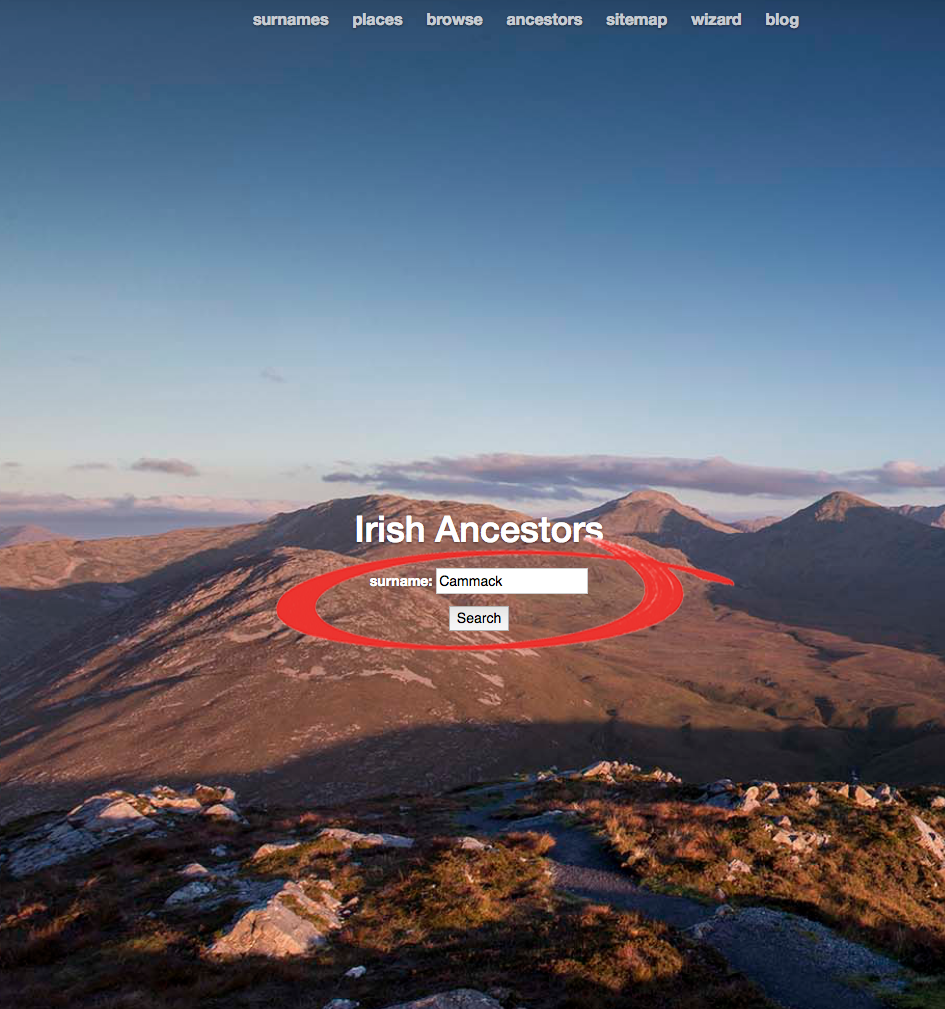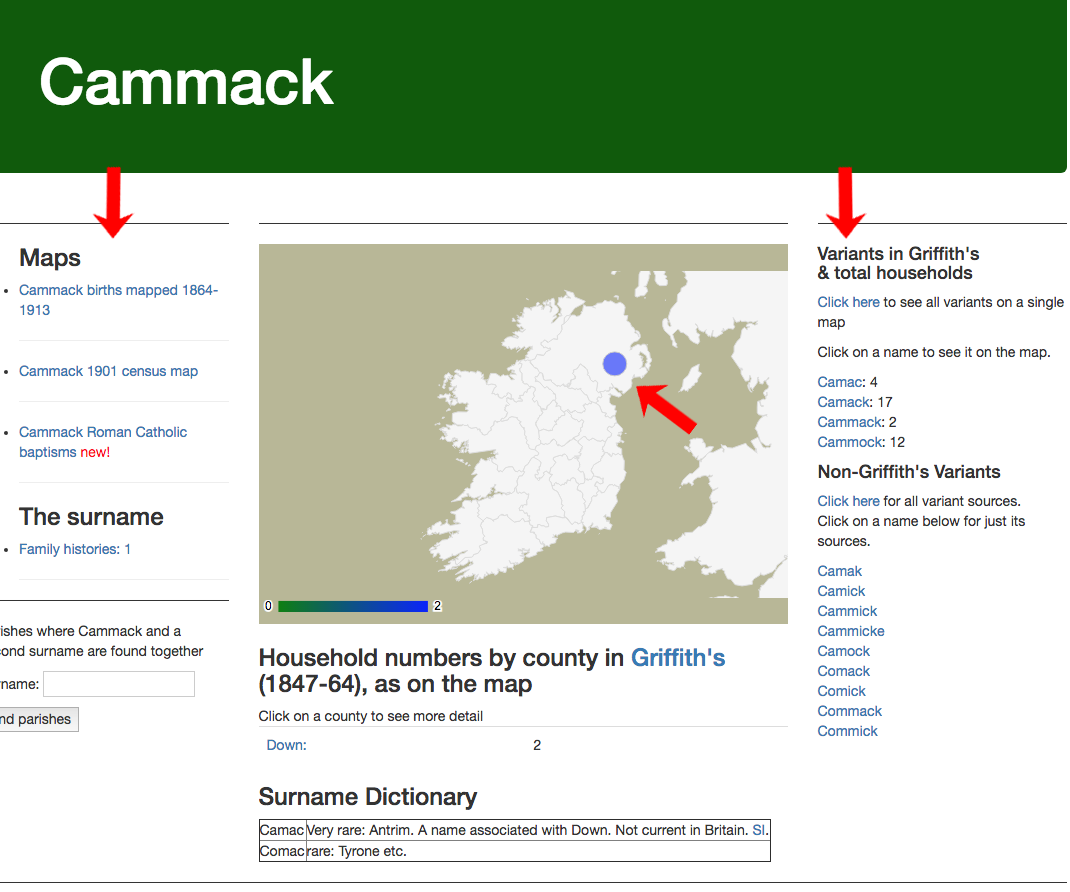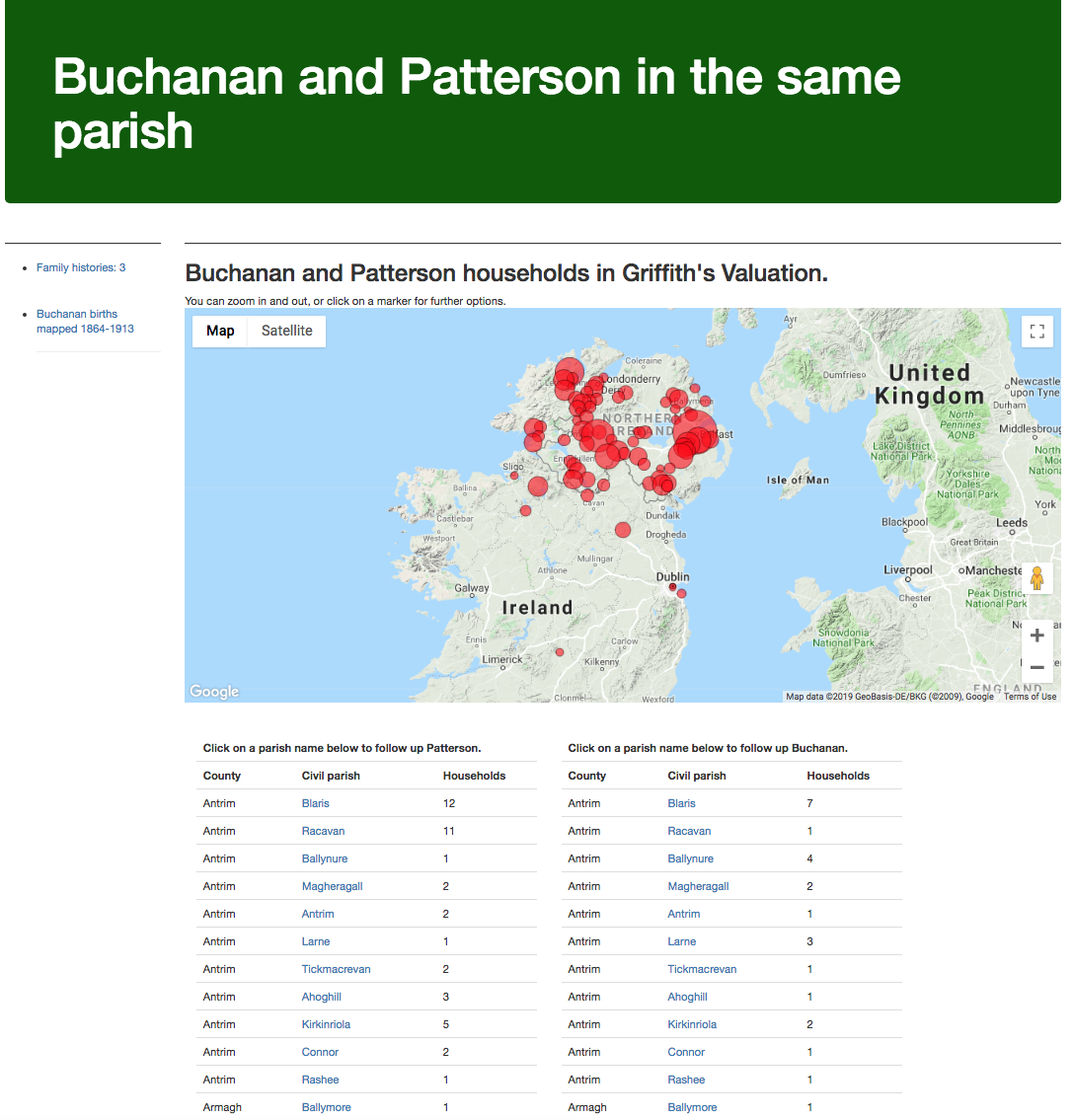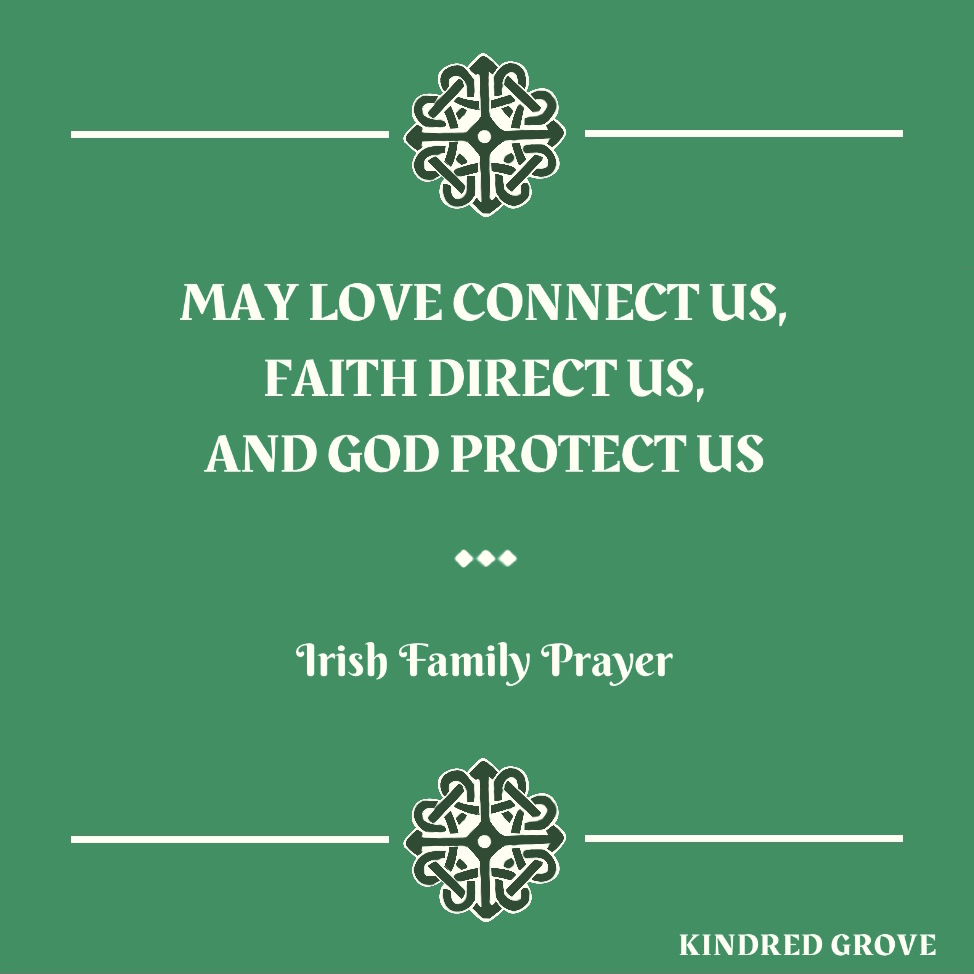Being from the southern United States, I have a lot Irish heritage. A great deal of Irish people immigrated to North and South
Tracing your Irish roots can be problematic due to the fact that many genealogical records were destroyed in a fire explosion at the Dublin Public Record Office during the Irish Civil War in 1922. Not one census from the 1800’s survived! The brick walls caused by the lack of records can prevent connections being made in your search but there still are resources available — if you know where to find them.
In honor of St. Patrick’s Day, I’d like to share my favorite research tactics for those who would like to learn more about their Irish family history. I share my favorite resource at the end of the post so make sure you check it out!
WHERE TO BEGIN
Let’s start with some basics. One of the first steps is to start with what you know to find out what you don’t know. Understanding the geographic history of an area can give you a great jumping off point. For this, I am not speaking of Ireland, but AMERICA! Where did your Irish family live after immigrating?
For example, if you know that your family lived in Chicago, Illinois, do some research on when and why Irish settlers migrated there. What can you find out about the group of those settlers as a WHOLE? That’s not to say that this will give you the whole story or even the right one, but it often will help you know where to look next in your research. The goal is using American geography to discover your family’s geographical origin in Ireland.
Another important research tip is to research with the location + time period, combined!
If your Irish family lived in Pennsylvania, Maryland, or the south in the 1600 and 1700’s, most likely they were the Scots- Irish (or Scotch-Irish or Ulster-Irish) who immigrated from Northern Ireland. You can read more about the Great Wagon Road HERE– which was the beginning to early settlement of the American south. Many Scots-Irish journeyed their way to new lands to build homes in locations which gave them some space from British leaders and law. This movement also paved the way for the American Revolution as the Scots-Irish were anxious to break free from the English crown.
The Scots-Irish history is amazing and their influence in America is profound! Here is a great article sharing more about their journey and role in American History. HERE
Location RESOURCES
Hopefully these resources will also narrow the search in finding your family’s place in the motherland:
1930 United States Census- If the immigrant’s birth country is listed as “Irish Free State”, that means they are from what is known today as “Ireland” or the “Republic of Ireland” and not “Northern Ireland”. The Republic of Ireland is much larger than Northern Ireland, so your search options will still be broad but the more area you can eliminate, the better.
Johngrenham.com- This fantastic site allows you to type in the Irish surname and see on the map the areas that name existed. In the following photo, you’ll see I typed in one of my Irish family surnames. Link HERE

Below are the results on the map. I was astounded to see that this family surname was only registered in one area of Northern Ireland! However, it is helpful to look at the research suggestions on the sidebars as well. Many surnames will be found throughout different regions of Ireland and could have multiple spellings, but this tool could narrow down your regions significantly, save hours of research, and ultimately put you on a course to finding your Irish ancestors!

The surname Buchanan is much more common so there is increased activity on the map. This can still be extremely helpful. If the spouse’s surname is plugged in (left sidebar option that is circled), the results will narrow even further to locations where the two names were found in close proximity. That’s amazing!

Here are the results for area which present both surnames. Don’t forget to look at the lists of counties below the map to search further.

Once the locations are narrowed down to where your ancestors may have lived, you can proceed to look for records. There are several sites where this is possible but I like to maximize my time by searching where there are the most resources available.
Griffith’s Valuation- This is one of the most complete sets of Irish records. It details occupied property in Ireland between 1848 and 1864. It is the only resource of where people lived in Ireland and whether that property was owned or leased. Griffith’s Valuation is especially valuable because it covers the years before, during, and after the Great Famine. Each entry in the record has a reference to a map, which can give you great insight into your family’s life. One important thing to remember, however, is that the records were under the name of the head of household. So, you won’t find all the family members on there. Also, if your family member was a tenant, living with someone else, they won’t be mentioned on the record either. These records are available through Ancestry, Find My Past, Roots Ireland, and Ask About Ireland. Here is the link for records on Ancestry. HERE
Find My Past has twice as many Irish historical records than any other website and I will highlight a few of my favorites.
Emigration and Immigration Records– These are easy to confuse but emigration records are for people who were leaving a country or their homeland. Immigration records are for those entering a new country. Find My Past has both- including Irish passenger lists who left Ireland beginning in the year 1890. HERE
Irish Famine Immigrants – This is smaller collection of records for those going to America because of the potato famine between the years 1846-1851. Link HERE
Church Records– The Church of Ireland, which is Anglican, lost many records in the fire mentioned above and the Roman Catholic Church throughout the country did not keep consistent records before the 19th century. Many people skip over this search for those reasons even though there are many births, baptism, marriage and death records for certain parishes. It is certainly worth looking through to see if your included in the batch! You might just have the luck of the Irish! Link HERE

ARE YOU READY FOR MY BEST-KEPT SECRET?!! Here it is:
Crossle Genealogical Abstract– This genealogy projects is one of my favorites to make discoveries! In the 1800’s, genealogists Dr. Francis Crossle and his son, Philip Crossle, collected a plethora of Irish records before the 1922 fire. Talk about inspiration! In addition to many official records in their collection, there are also handwritten family trees, probates and letters, copies of prerogative court wills from 1620 to 1804, which were destroyed in the fire at the Public Record Office in Dublin in 1922. You’ll also find Army returns from 1767 through to 1816. The Crossle Genealogical Abstract is an especially fantastic resource for those tracing their ancestors in Northern Ireland. This is like gold at the end of the rainbow for an Irish family researcher! Thank you, thank you Dr. Crossle! Link HERE

MORE THAN ONCE I have found pedigree charts dating back to the 1400 & 1500’s!!! For real! I’m talking about amazing, beautiful, handwritten pedigrees! All thanks to the Crossles and their determined pursuit of family records and collections across Ireland! I took the picture above to document when I found a pedigree chart for my Cammack family line dating back to mid 1500’s. Wahoo! Golden!
Follow the link to Find My Past to dig in!
Find My Past does require a membership to search their records, but they have a free 2 week trial if you want to try out their site.
The site is also availabe to use for free at any LDS family history center. They have staffed consultants available to help. You can find a center near you by doing a google search. It’s best to check the hours on their website since they can vary per location.
If you are searching for your Irish ancestors and heritage, I hope that these resources will help you to break through those brick walls! I would love to hear if you have any luck with these suggestions or if you’ve found success in your Irish research elsewhere! Please comment below!
Here’s a little fun fact about Ireland’s influence over names and history as a whole!

And here is a little Irish Family Prayer to think of as you remember your loved ones past and present.

Melissa Knapp
Latest posts by Melissa Knapp (see all)
- How to Find Death Information Before Vital Records Were Created - December 17, 2022
- Is Your Ancestor Hiding in a Census for the Deceased? - January 24, 2021
- How to Add an Unattached Person to the FamilySearch Family Tree - September 6, 2020
